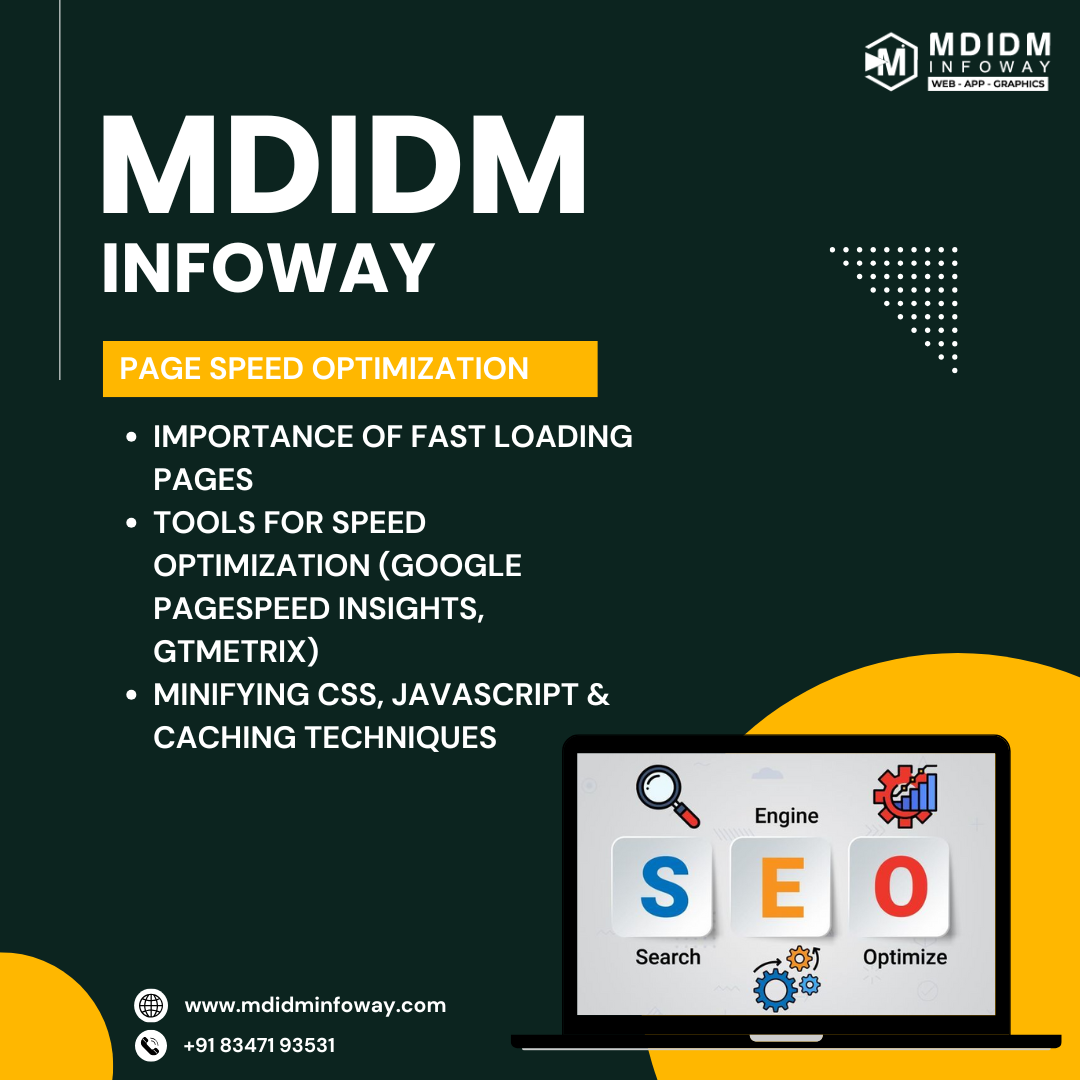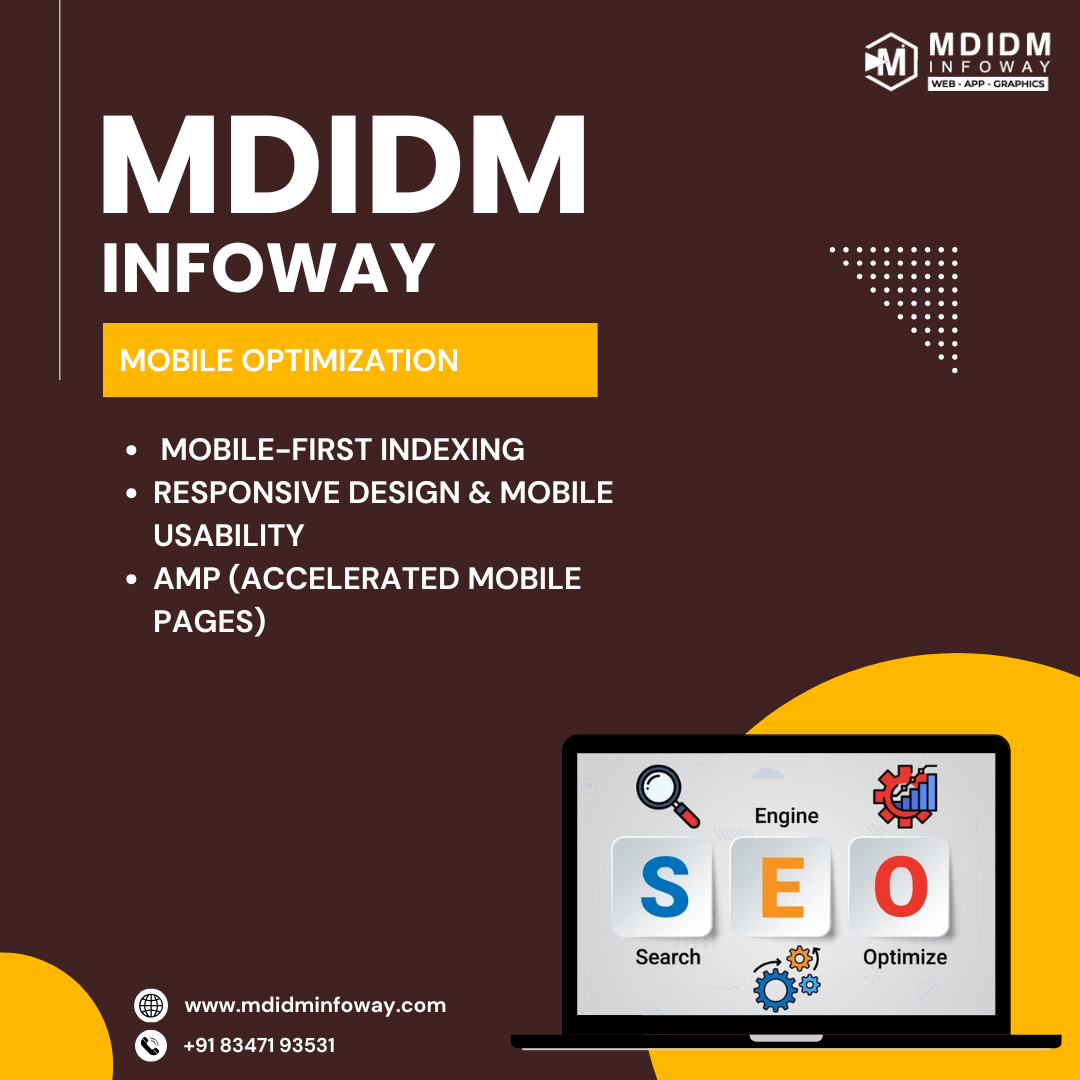OUR Blogs

Robots txt Optimization
Robots.txt Optimization A robots.txt file controls search engine bots, ensuring important pages are indexed while blocking unwanted ones. Key Rules Allow All Bots: User-agent: * Disallow: Block All Bots: User-agent: * Disallow: / Block Specific Pages: User-agent: * Disallow: /private/ Disallow: /admin/ Allow Googlebot Only: User-agent: Googlebot Allow: / User-agent: * Disallow: / Best Practices Be specific—block only necessary pages Test in Google Search Console Add a sitemap: Sitemap: https://www.yourwebsite.com/sitemap.xml Conclusion: Optimize robots.txt for better SEO!

XML Sitemap Creation Submission
XML Sitemap: Quick Guide Why It Matters? Helps search engines crawl & index pages Boosts SEO & rankings Essential for large & dynamic sites How to Create? Plugins – Yoast SEO, Rank Math Online Tools – XML-Sitemaps.com CMS Auto-Generate – Shopify, Wix Manual: Create sitemap.xml & upload Submit to Google Open Google Search Console Go to Sitemaps → Enter URL → Submit Tip: Update regularly for better SEO!

Website Audit SEO Analysis
Website Audit & SEO Analysis A thorough SEO audit enhances search rankings, user experience, and website performance. Key Audit Areas: Technical SEO: Speed, mobile-friendliness, broken links, indexing On-Page SEO: Meta tags, keyword use, content quality Off-Page SEO: Backlink analysis, spam link removal, competitor insights Common SEO Fixes: Optimize speed, compress images, use CDN Remove duplicate content, refine keyword strategy Improve mobile responsiveness, adjust touch elements Enhance meta tags, structure headers properly Identify and disavow toxic backlinks Resolve indexing and crawling issues SEO Tools Used: Google Search Console, Google Analytics SEMrush, Ahrefs, GTmetrix, Screaming Frog Benefits of an SEO Audit: ✔ Higher Search Rankings ✔ Better User Experience ✔ Increased Organic Traffic ✔ More Conversions & Leads Optimize your website for better visibility and growth!

Page Speed Optimization
Page Speed Optimization 1. Importance of Fast Loading Pages Fast websites improve UX, SEO, and conversions, reducing bounce rates and server load. 2. Speed Optimization Tools Google PageSpeed Insights – Core Web Vitals & fixes GTmetrix – Speed analysis & caching tips Lighthouse – Chrome DevTools audit WebPageTest – Multi-location testing 3. Minification & Caching Minify CSS, JS, HTML – Remove extra spaces/comments (Tools: CSSNano, UglifyJS, HTMLMinifier) Caching – Browser caching, server-side caching (Redis, Memcached), and CDN for faster access

Mobile Optimization Key Aspects for Better Performance SEO
Mobile Optimization: Key Aspects Mobile-First Indexing Google ranks sites based on their mobile versions. Ensure responsive design, fast loading, structured data, and no intrusive pop-ups. Responsive Design & Usability Adapt content for all screens with fluid layouts, touch-friendly UI, readable text, optimized media, and proper viewport settings. AMP (Accelerated Mobile Pages) Boost speed and rankings with AMP HTML, lightweight elements, and proper validation.




